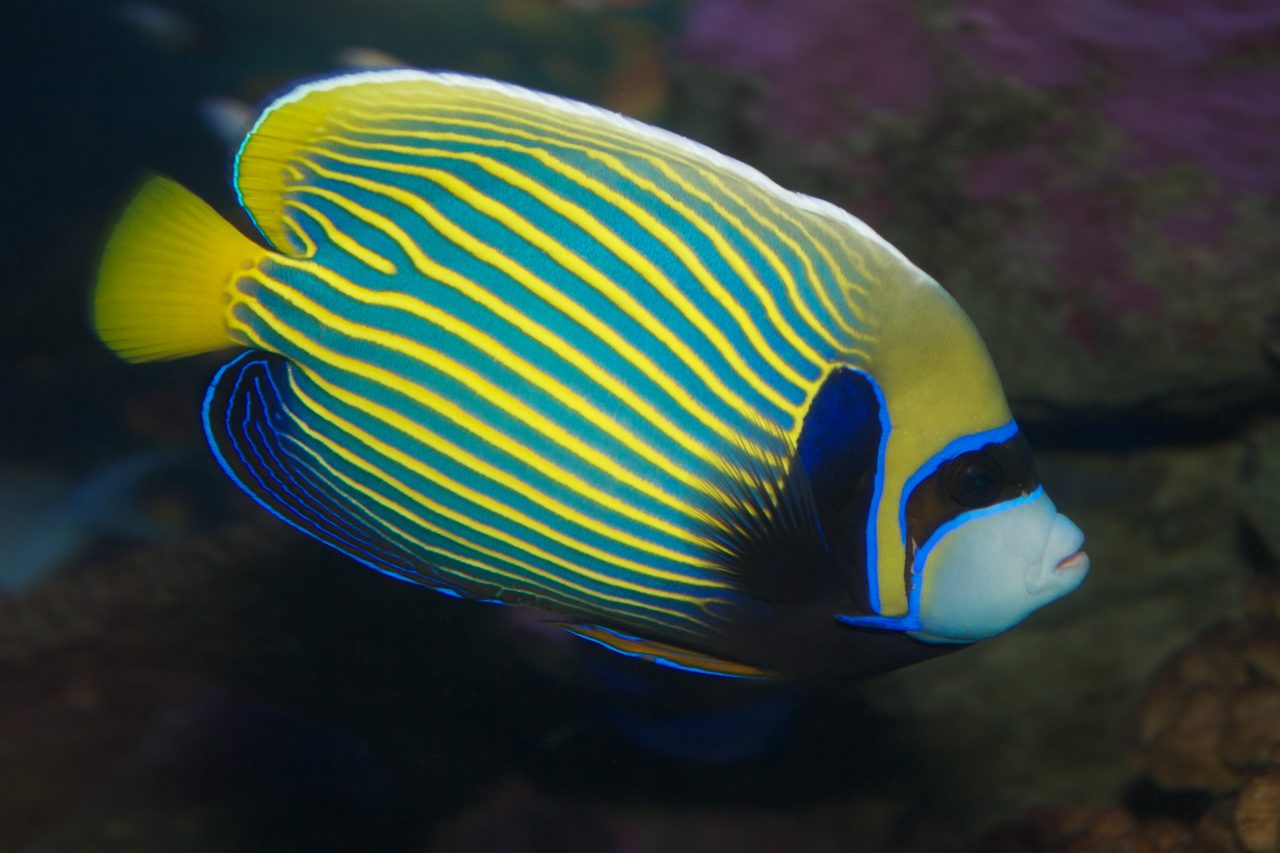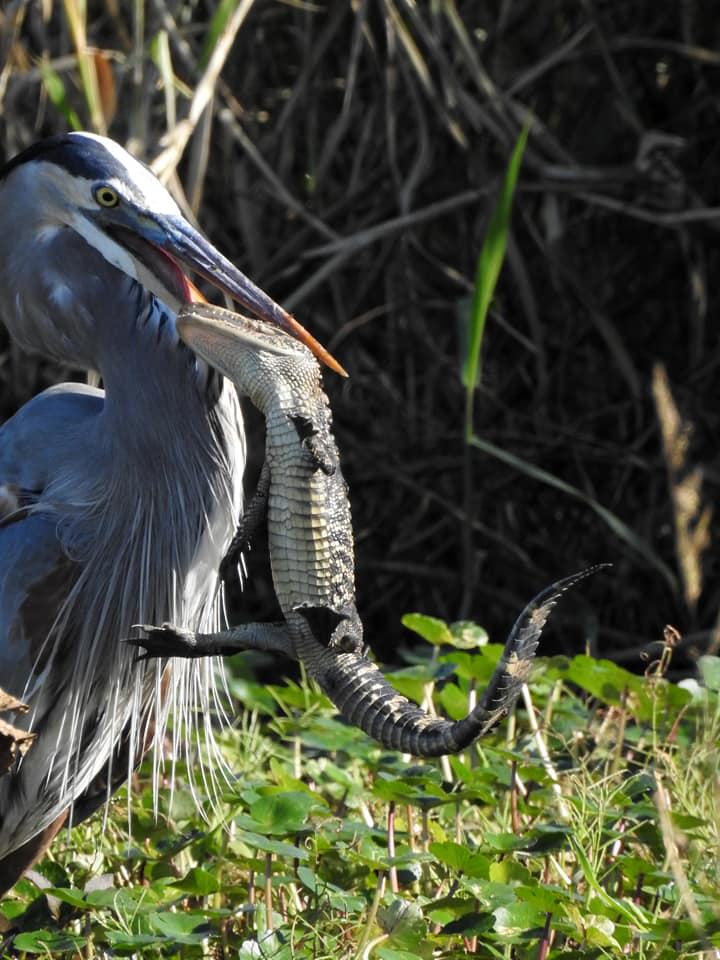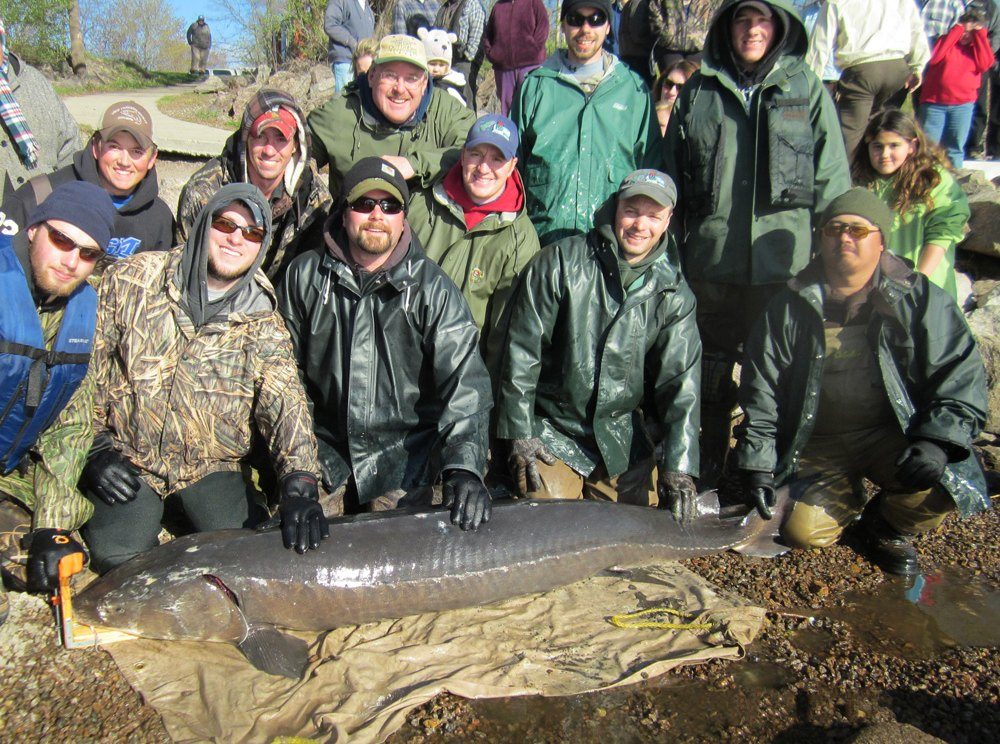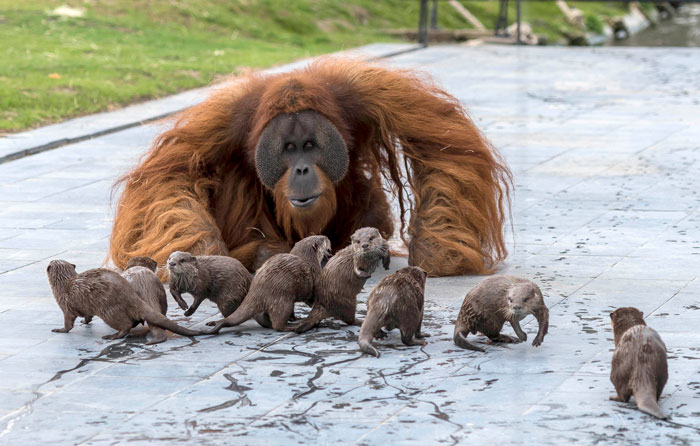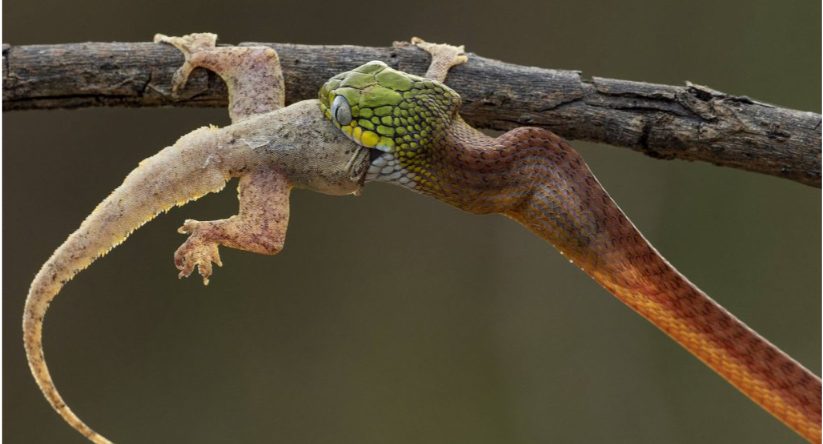Imagine waking up one fine day, only to find out that one of the most gigantic creatures to have ever walked the Earth once resided in your backyard.
 The research carried out at the Monte Agudo paleontological site underlines the importance of the fossil record of vertebrates in the Pombal region (Portugal). Image credit: Instituto Dom Luiz (Faculty of Sciences of the University of Lisbon)
The research carried out at the Monte Agudo paleontological site underlines the importance of the fossil record of vertebrates in the Pombal region (Portugal). Image credit: Instituto Dom Luiz (Faculty of Sciences of the University of Lisbon)
That’s exactly what happened to a man from the city of Pombal in Portugal, while carrying out some construction work in his garden back in 2017. He discovered fragments of fossilized bones of what looked like a enormous dinosaur!
The man than contacted researchers from the University of Lisbon, who began unearthing the vertebrae and ribs of what they think is a brachiosaurid sauropod – a herbivorous, long-necked quadrupedal dinosaur – earlier this month. The gigantic, 39-foot-tall sauropod – probably the biggest of all dinosaurs and the largest land animal ever to have lived – roamed this area during the Late Jurassic Period about 160 to 100 million years ago.
 Researchers excavate the fossilized ribs of a sauropod at the Monte Agudo paleontological site in Pombal, Portugal. Image credit: Instituto Dom Luiz (Faculty of Sciences of the University of Lisbon, Portugal)
Researchers excavate the fossilized ribs of a sauropod at the Monte Agudo paleontological site in Pombal, Portugal. Image credit: Instituto Dom Luiz (Faculty of Sciences of the University of Lisbon, Portugal)
Given the natural position that the skeleton was found in, paleontologists are hopeful that further excavation may uncover more parts of the same dinosaur.
“It is not common for all of an animal’s ribs to be preserved in this condition, much less in their original anatomical position. This preservation method is relatively uncommon in the fossil record of dinosaurs, especially sauropods, from the Portuguese Upper Jurassic,” says Elizabeth Malafaya, University of Lisbon, Portugal (Ciencias Ulísboa) Graduate Researcher, Faculty of Science.

The sauropod’s ribs were preserved in their original anatomical position. Image credit: Instituto Dom Luiz (Faculty of Sciences of the University of Lisbon, Portugal)
The fossils were found in Upper Jurassic sedimentary rocks, suggesting they are about 150m years old.
“[This discovery] confirms that the region of Pombal has an important fossil record of Late Jurassic vertebrates, which in the last decades has provided the discovery of abundant materials very significant for the knowledge of the continental faunas that inhabited the Iberian Peninsula at about 145m years ago,” Malafaia added.
Parts of the unearthed remains are yet to be treated in a laboratory to remove all the sediments. Once that’s done, further studies will be conducted for accurate identification and exhibition.
Sources: earthlymission.com

